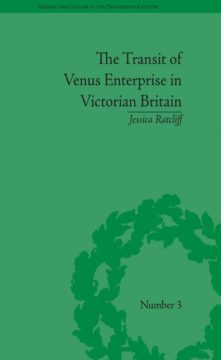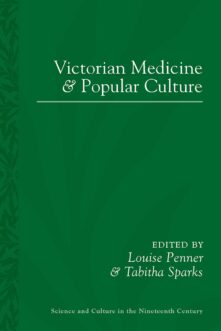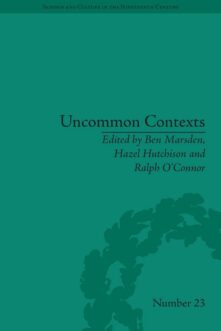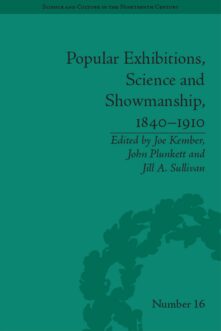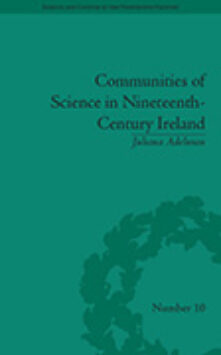Books
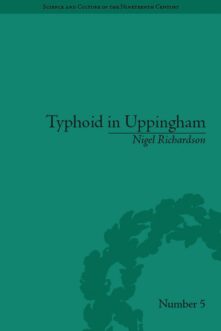
Typhoid in Uppingham
Analysis of a Victorian Town and School in Crisis, 1875–1877
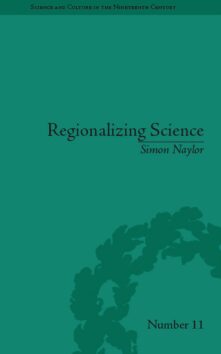
Regionalizing Science
Placing Knowledges in Victorian England
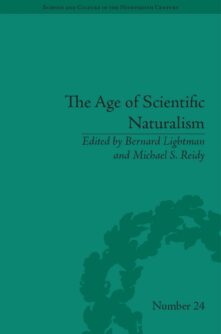
The Age of Scientific Naturalism
Tyndall and His Contemporaries
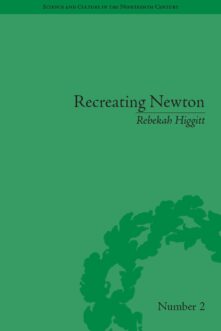
Recreating Newton
Newtonian Biography and the Making of Nineteenth-Century History of Science
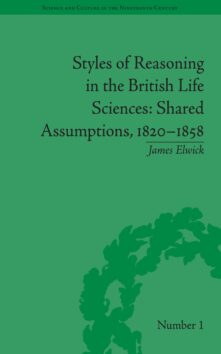
Styles of Reasoning in the British Life Sciences
Shared Assumptions, 1820–1858
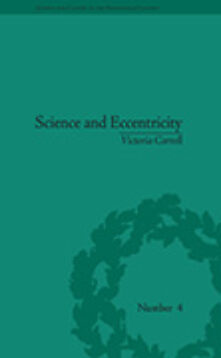
Science and Eccentricity
Collecting, Writing and Performing Science for Early Nineteenth-Century Audiences
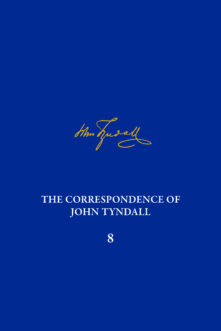
The Correspondence of John Tyndall, Volume 8
The Correspondence, June 1862-January 1865

A Tale of Two Viruses
Parallels in the Research Trajectories of Tumor and Bacterial Viruses
Total 138 results found.



